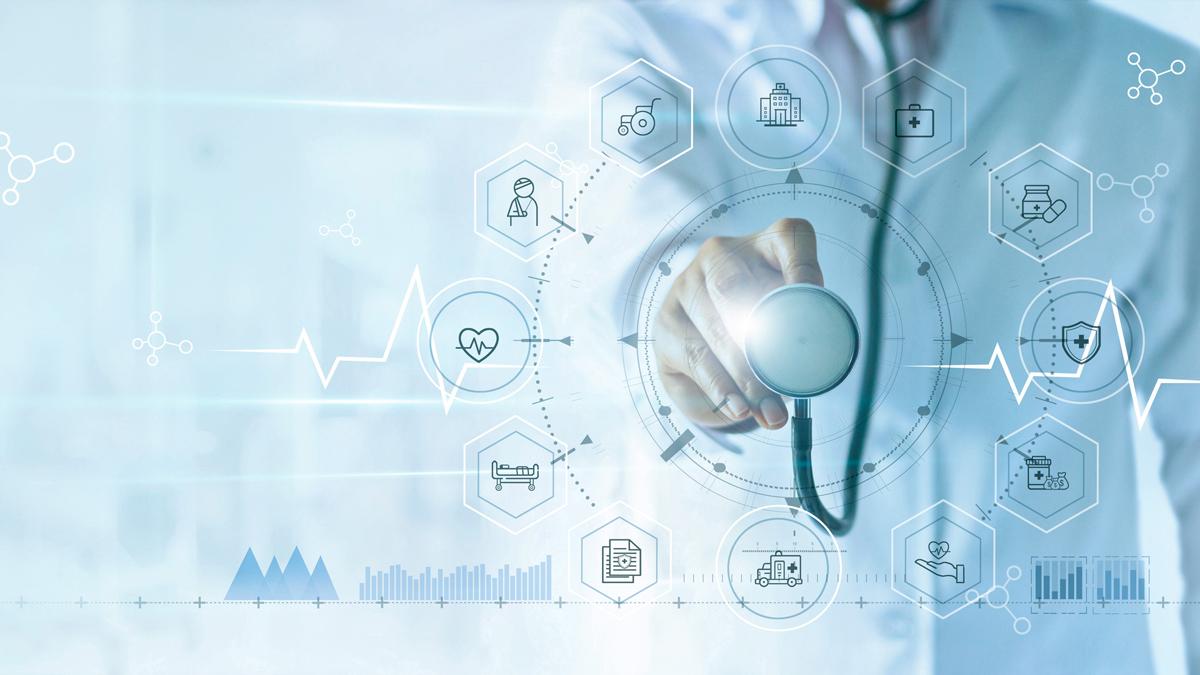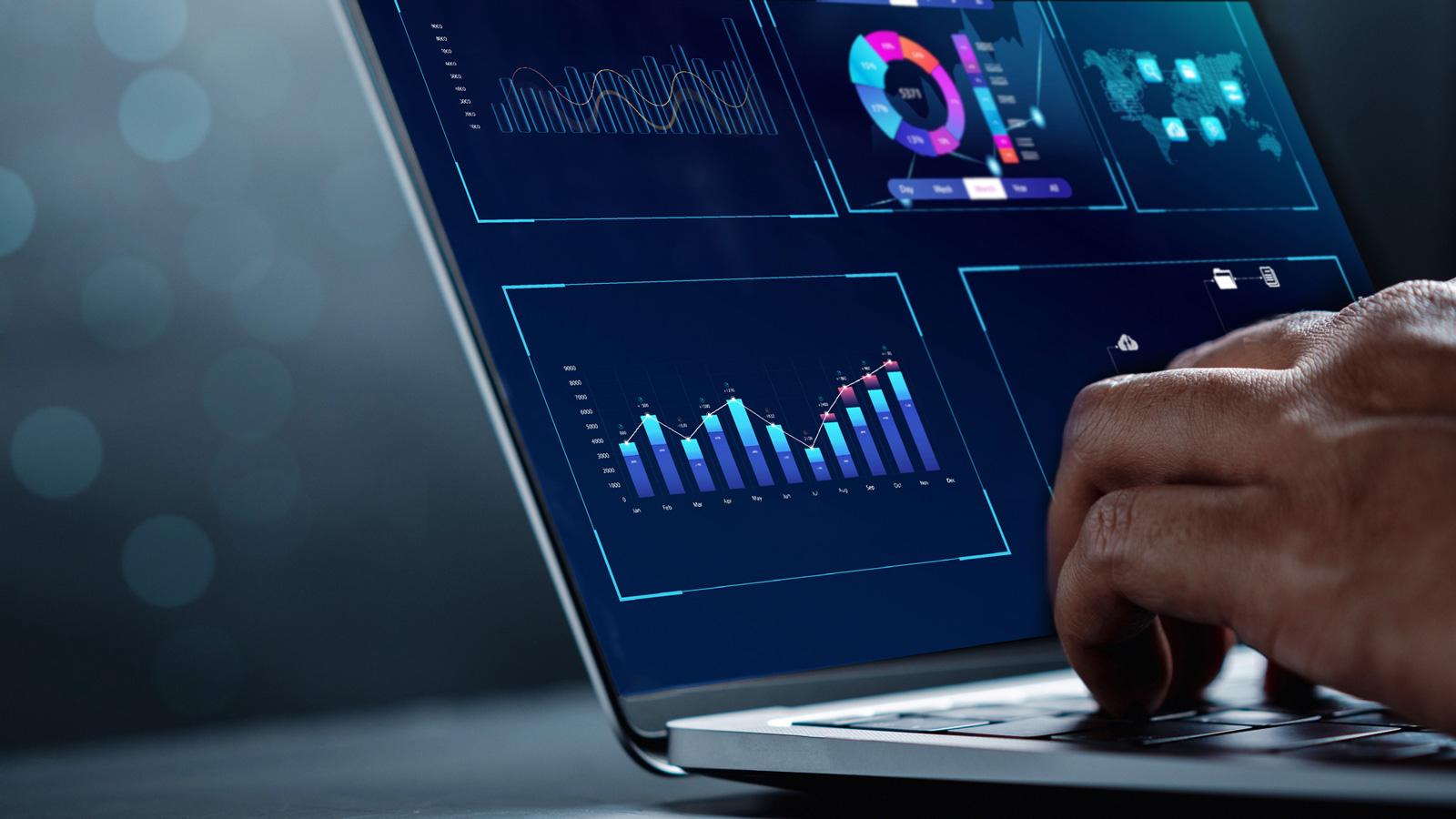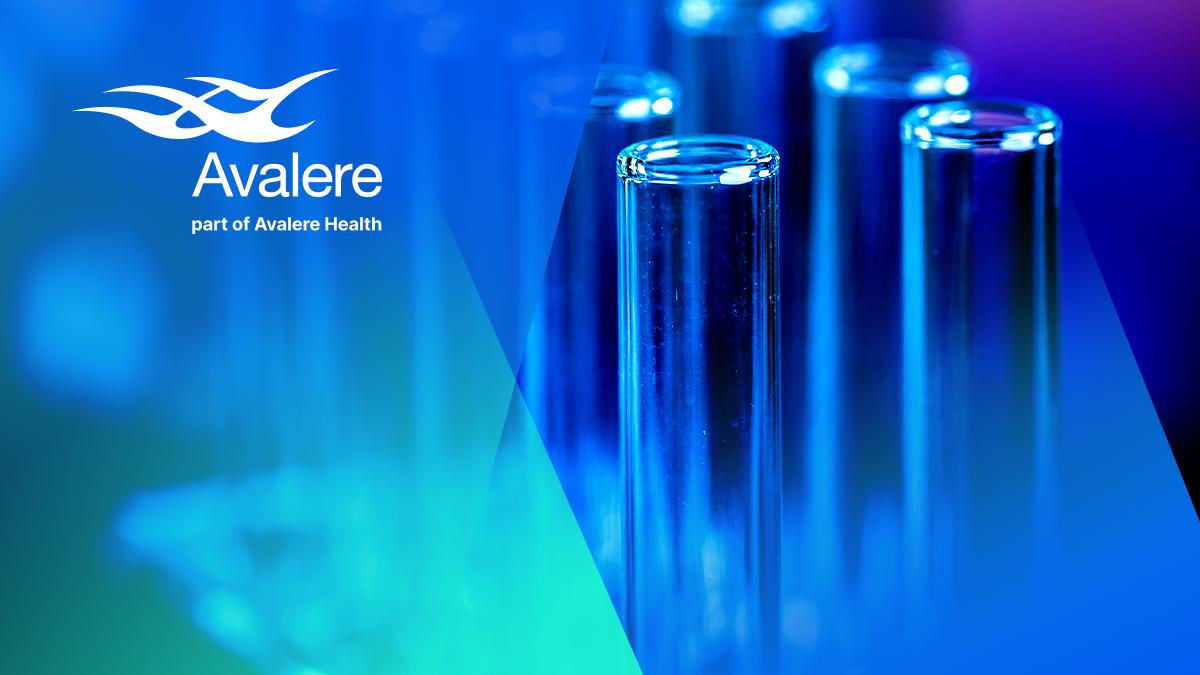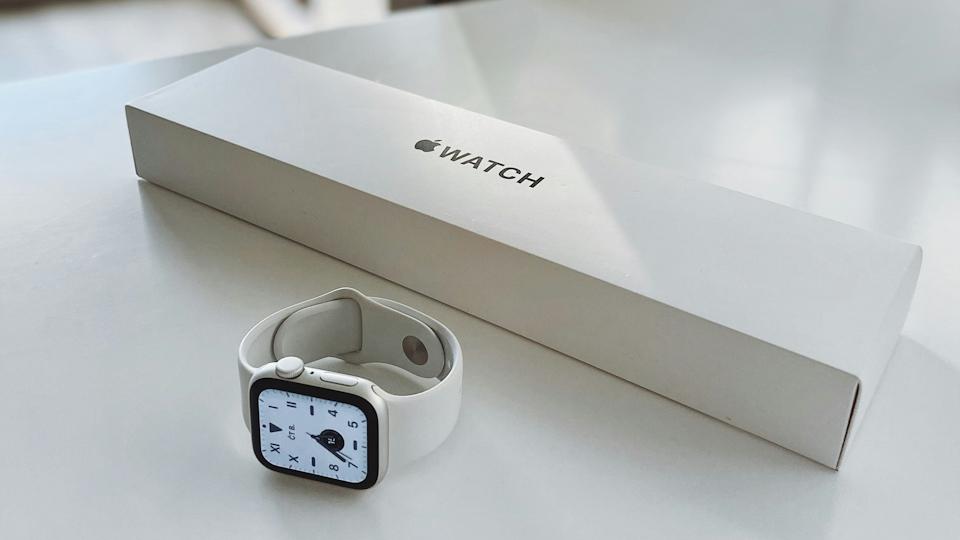Embracing a new future-ready pharmacovigilance ecosystem

Following her attendance at DIA Europe 2024, pharmaphorum talks to Humaira Qureshi, president of Qinecsa Solutions, about overcoming the historic challenges of pharmacovigilance (PV) and embracing a new future-ready PV ecosystem.
What does the current PV landscape look like?
Traditionally, pharmacovigilance has been very reactive, often seen as a necessary but boring part of the pharmaceutical industry. However, today the role of PV is changing due to higher volumes of data and greater trial complexity. The drive for faster commercialisation means speed needs to be combined with high quality data.
This period of change is pushing PV to become proactive, making a shift from being a cost-absorbing function to a value-creation function. This offers an opportunity to embrace novel technologies, aligned with culture and processes, to demonstrate how PV can save time, extend resources, and transform data into actionable insights. Ultimately, this will allow us to better serve each patient by making medicines safer.
To seize the opportunities on offer, we need to take a structured approach to change. We need to benchmark our current processes and capabilities. We need to identify new capability requirements, process improvements and organisational design changes, and utilise a structured change management programme to introduce the new PV ecosystem.
What benefits does PV transformation offer?
There are several historic challenges in PV, which we can now overcome by embracing modern solutions. For example, traditionally outdated processes have required significant manual intervention and increased overall costs. By leveraging technology, we can create streamlined, cost-effective solutions to simplify processes. Technology can also help with other challenges, such as consolidating a previously dispersed geographical footprint through virtual working and centralising reporting structures using a platform approach.
Other challenges can be overcome by making better use of partnerships and collaboration. For example, outdated sourcing strategies involve low-risk activities being executed in low-cost geographies for products with an established safety profile. Development of outsourcing partner capabilities with tech-enabled processes providing strategic input will allow for fit-for-future strategy creation.
Are there any barriers to transformation?
It is vital that the culture and processes are in place to support any move towards automation in PV to prevent disconnects. Business transformation is not just about using new technologies to generate savings and efficiencies. It is about the convergence of two skill sets – tech and PV expertise – within a framework that can introduce change management and provide discipline as the landscape evolves. If automation is a bullet train, then culture and processes are the tracks keeping it on course.
Message credibility is crucial. Everyone needs to understand the consequences of not getting things right and the impact that has on patient safety. Because PV is dynamic, we need to ensure messaging remains current.
There needs to be strong leadership with a clear strategy and data-driven decisions to avoid interpretation. Progress should be consistently measured, and successes celebrated. Peer involvement can allow different companies to share experiences and learnings.
We also need to ensure employees are onboard. We need to make it clear that quality is for everyone, continually seek feedback, and be informed by employees about how we can be proactive.
What does a future-ready PV ecosystem look like?
The new PV ecosystem will be a cyclical approach, driven by expertise at every stage. Cloud-based systems will facilitate seamless data exchange. Centralised case intake will standardise data and reduce the need for local PV representatives in every geography.
Literature screening productivity will be increased by using artificial intelligence (AI) to identify individual case study reports (ICSRs) and signal detection.
Beginning signal detection earlier in the development lifecycle allows companies to make risk-informed decisions more quickly as the product progresses and patient exposure is increased.
To ensure the continued success of this operating model, we need to ensure it is flexible and scalable, building on the feedback received from internal and external stakeholders. We need to build in interoperability with external large data sources to allow us to undertake enhanced signal detection with larger and more diverse patient data and we need to strengthen interfaces with related partner functions to gain process efficiencies.
Where does technology fit within this ecosystem?
New technologies are allowing us to increase efficiency and scalability in PV. If we imagine manual processes as the first step on the ladder, basic process automation is the next rung up, automating workflows, and triggering parallel activities.
The next rung is robotic process automation. This reduces or eliminates manual tasks to increase consistency and quality. Next, we have cognitive robotic process automation. This complex process automation requires less data structure and increases scalability.
The top rung is AI, which increases process efficiency and removes human error to optimise cost and productivity.
The benefits of utilising all these rungs in pharmacovigilance are more efficient case intake, improved productivity, faster hypothesis to testing cycles, and improvements in risk benefit profiles.
How would you sum up the new PV ecosystem?
Embracing new technologies and processes will transform the traditional, reactive PV science field, allowing us to leverage safety as a significant value driver, which contributes to bottom-line performance.
Instead of being seen as a necessary but boring function, PV will become a critical part of the organisation.
Finally, what was it like to attend DIA Europe 2024?
This is the first time Qinecsa has participated in DIA Europe, and it was great to be part of such an esteemed event. It was fantastic to be able to showcase our end-to-end pharmacovigilance services and make new connections.
The insights shared during sessions on AI, data science, real-world evidence, medical devices, and combination products will all help shape understanding of emerging trends and challenges in the industry and ensure PV is fit for the future.













